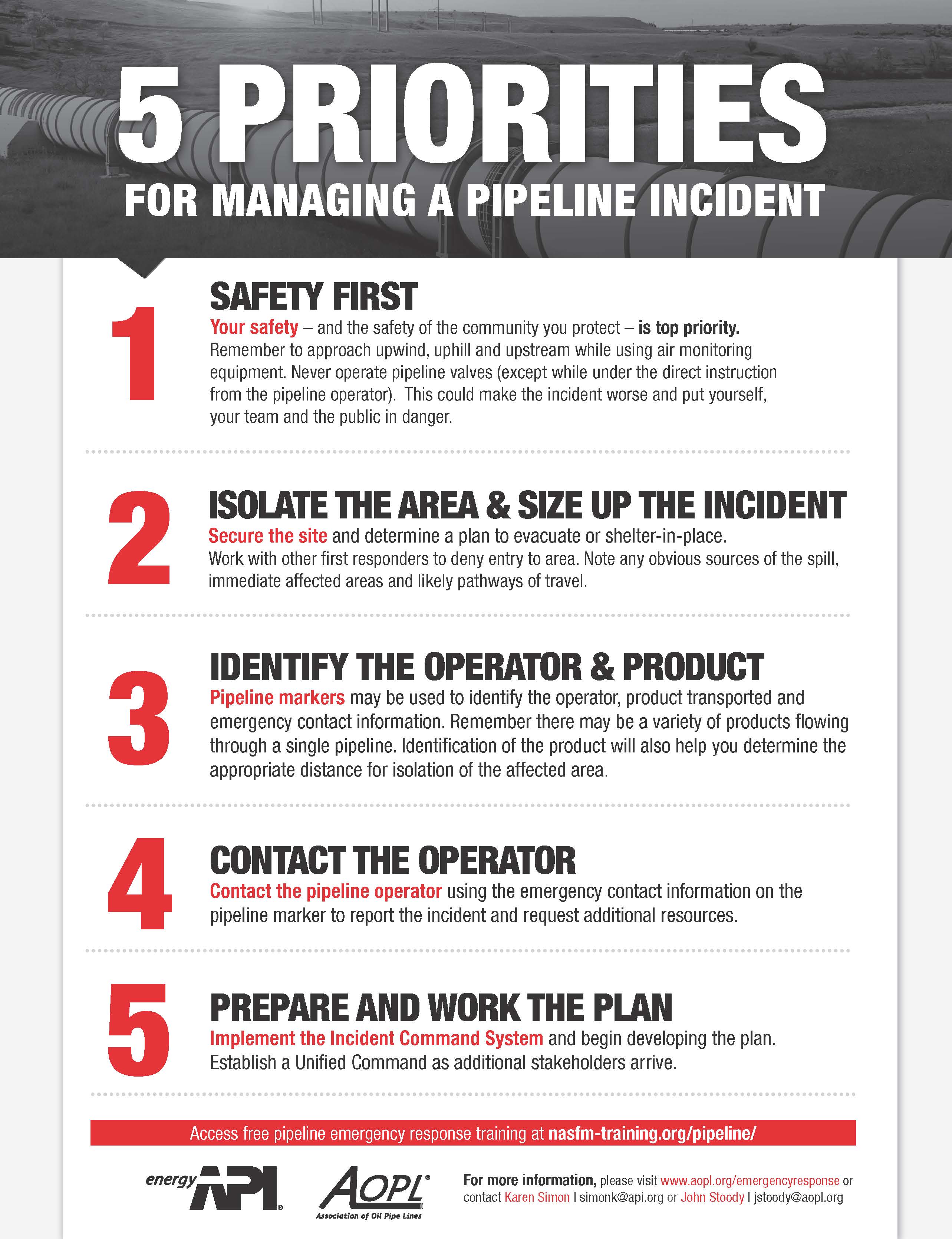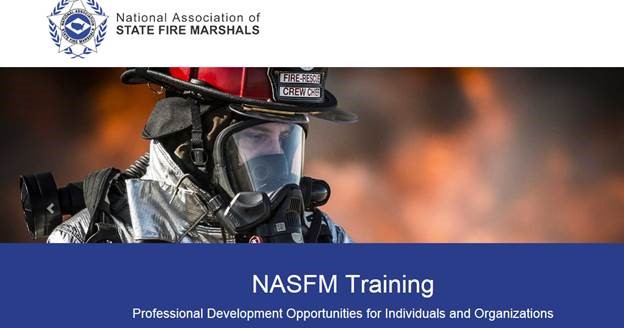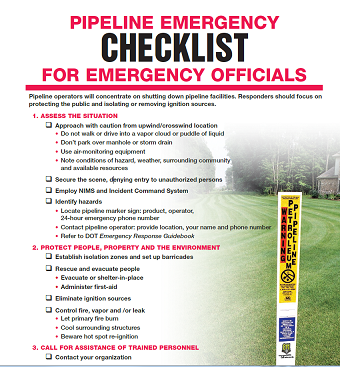24 Hour Emergency Number: 800-720-2417
Emergency Response Steps
1. Safety First
In the event of a pipeline emergency, responders should take standard precautions to ensure their safety- Do not approach without proper protective equipment.
- Establishing control of the incident is vital to protect lives, property, and the environment.
- Do not extinguish primary fires.
- Turn off all engines and electrical devices including phones.
- Do not attempt to operate any pipeline valves. This could make the situation more dangerous.
2. Protect the public
Establishing control of the incident is vital to protect lives and property. We recommend the following guidelines.- Establish a perimeter.
- STOP all traffic from entering control zone.
- Clear roadways for emergency vehicles.
- Evacuate or shelter-in-place. If evacuation is necessary, establish an evacuation center where the public can wait for news and assistance.
3. Notify the Pipeline Operator
Trained Magellan representatives will respond to the scene where they will integrate into the command structure and focus on minimizing hazards and bringing the incident to a conclusion.To request emergency response plans for your jurisdiction, call 918-574-7000.

Five Priorities for Managing a Pipeline Incident
The AOPL and API have teamed up with the NASFM to create a “Five Priorities for Managing a Pipeline Incident” list for emergency responders. As a supporter of these organizations, Magellan Midstream Partners, L.P. encourages you to utilize such material to promote pipeline safety and awareness. For more emergency response tools, visit http://www.aopl.org/pipelines-in-your-community/emergencyresponse/.
What Should You Do (or Not Do) in the Event of a Leak?
Hazardous Material Quick Guide |
|||
PRODUCT |
LEAK TYPE |
VAPORS |
HEALTH HAZARDS |
|
Crude Oil |
Liquid |
Heavier than air |
Possible presence of H2S, a toxic gas |
|
Gasoline, Diesel, Jet Fuel, Heating Oil, Transmix |
Liquid |
Heavier than air |
Irritating to eyes and skin. Vapors at high concentration may cause central nervous system effects. |
|
Propane, Butane |
Liquid/Gas |
Heavier than air |
Respiratory tract irritant. May cause central nervous system effects. |
National Pipeline Mapping System (NPMS)
View a map of transmission pipelines in your community. Click “PIMMA” to request password-protected access to download GIS map files. Managed by the U.S. Department of Transportation.
Pipeline Emergencies
Pipeline emergency response training materials produced by the National Association of State Fire Marshals and the U.S. Department of Transportation. Includes instructor training materials and a mobile application for iPhone and Android devices. Also includes a link to online training portal.
Emergency Response Information for Officials
NASFM Training
 For information about training available through the National Association of State Fire Marshals, please visit https://nasfm-training.org/
For information about training available through the National Association of State Fire Marshals, please visit https://nasfm-training.org/
API/AOPL Shoulder to Shoulder Videos
The “Shoulder to Shoulder: Roles in Pipeline Emergency Response” video series features interviews with pipeline and emergency response experts. The series is an engaging way for emergency responders to learn more about how to safely and effectively respond to a pipeline emergency. The videos cover topics such as how pipelines work, how different products impact response, response leading practices, how to better prepare to respond to pipeline incidents and roles in pipeline response. A wide variety of emergency response disciplines are covered including fire, law enforcement, emergency management, 9-1-1 and emergency medical services.


